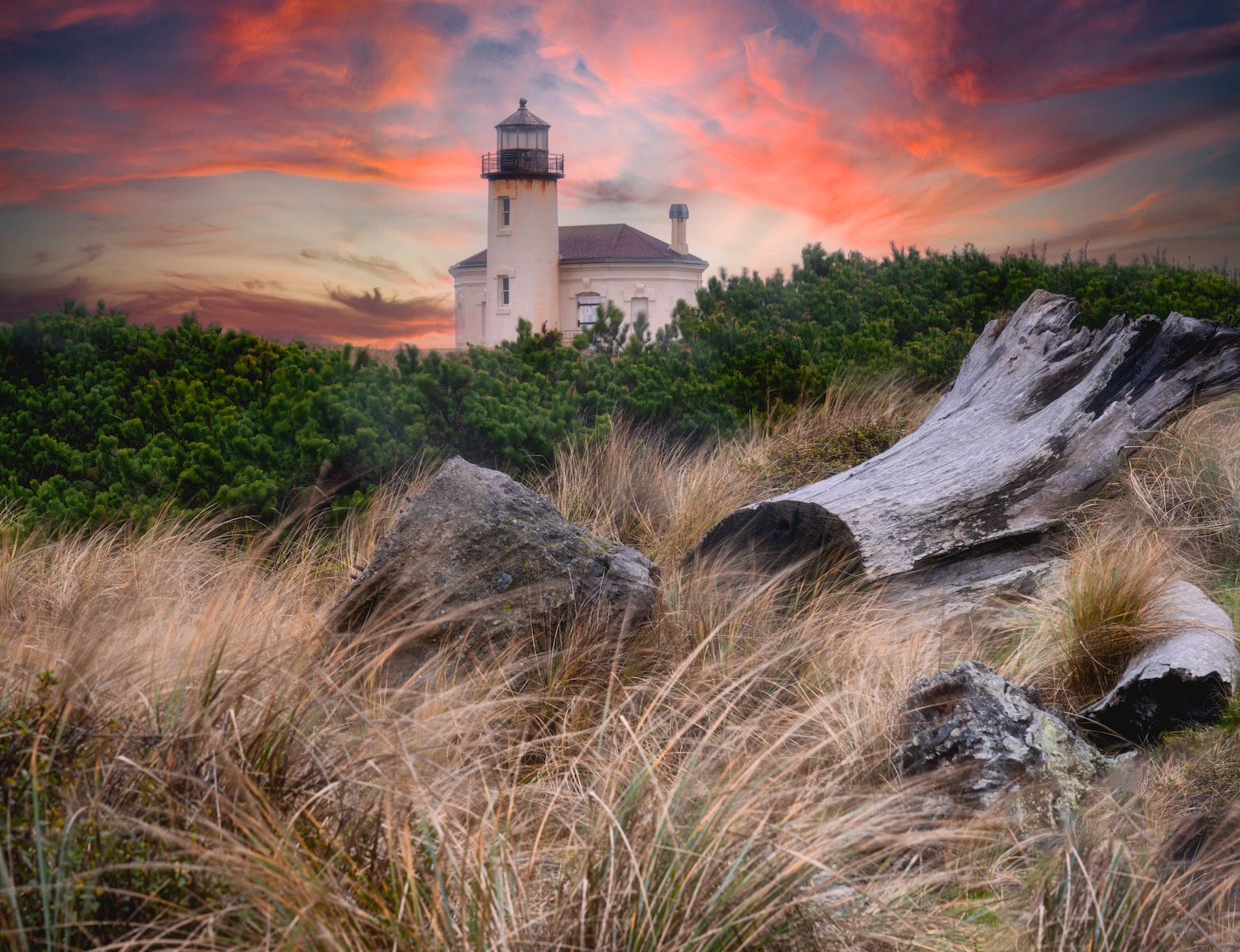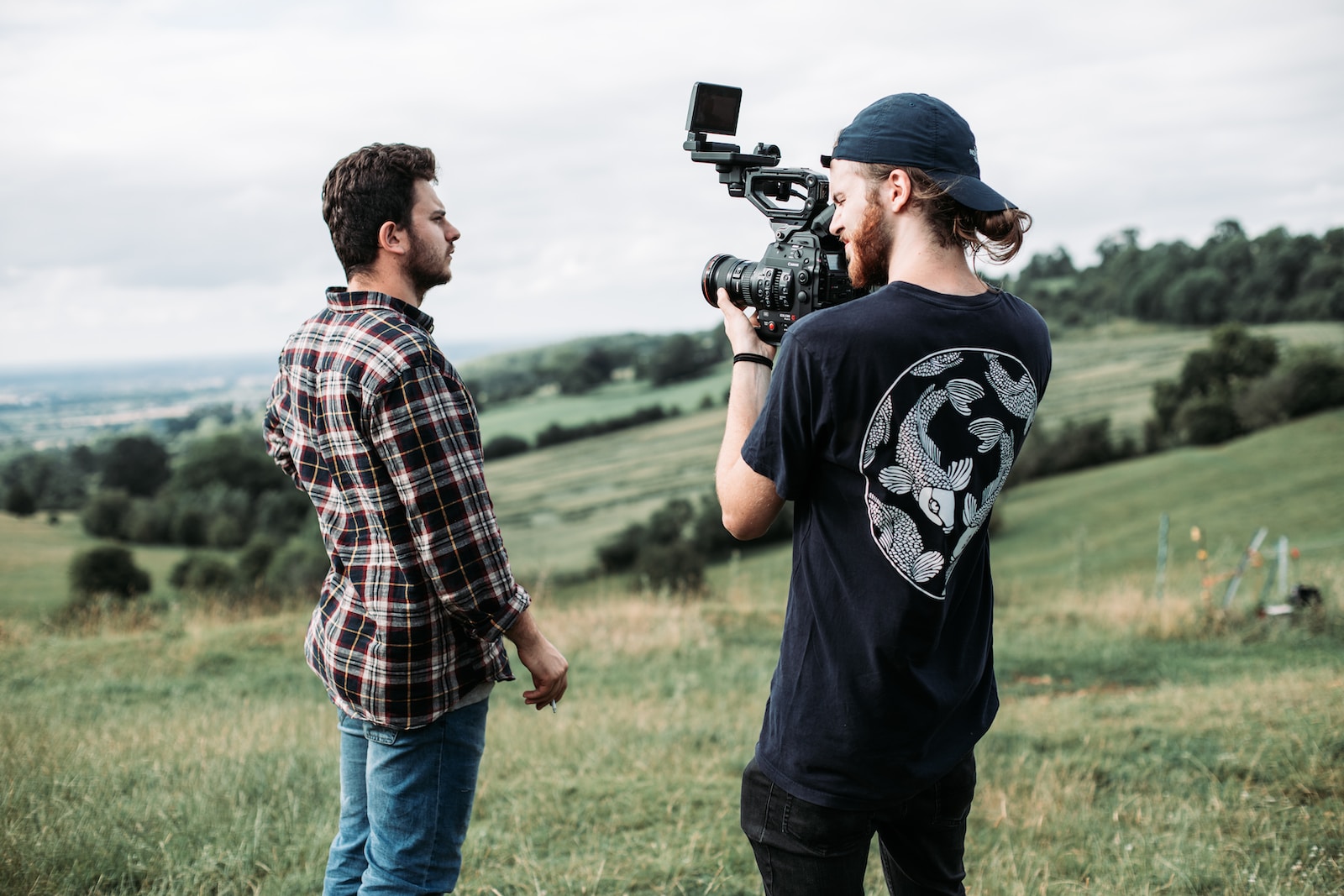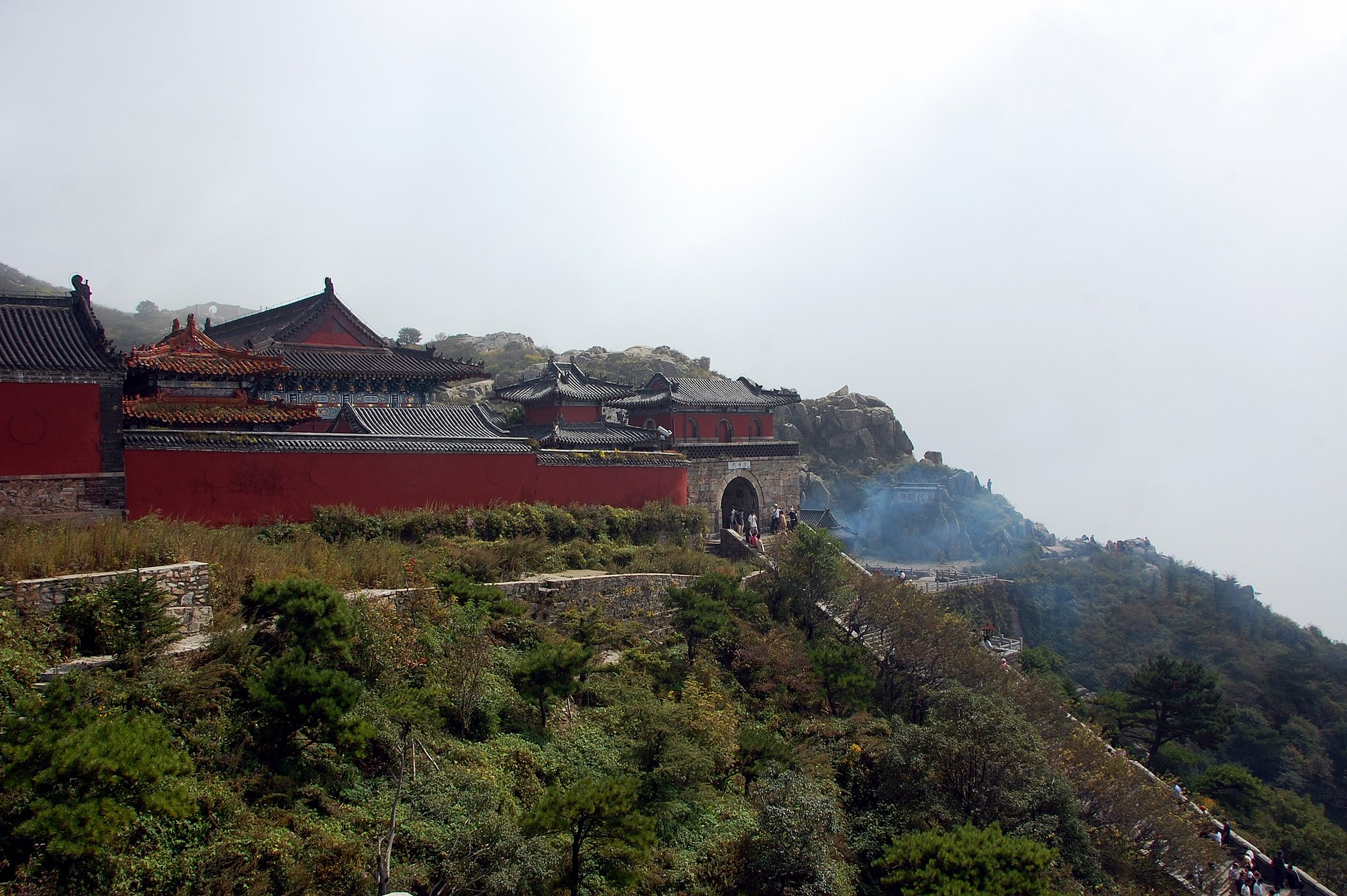Are you fascinated by the power of documentaries to capture intimate and emotionally engaging stories? Discover the secrets behind successful documentary filmmaking with the use of soft light. From lighting techniques to creating emotional engagement, this blog explores how soft light can transform your documentaries into powerful and captivating experiences. Dive into the world of documentary filmmaking and unlock the potential of soft light.
Table of Contents
- The Use of Soft Light in Creating Intimate Documentaries
- Unlocking the Power of Soft Light
- The Use of Soft Light in Creating Intimate Documentaries
- Challenges Overcome in Utilizing Soft Light
- Frequently Asked Questions
- 1. What is soft light and why is it important in documentary filmmaking?
- 2. How can soft light be achieved in documentary filmmaking?
- 3. Can soft light enhance emotional engagement in documentaries?
- 4. Are there any other lighting techniques that can be combined with soft light?
- 5. How can I learn more about lighting techniques in documentary filmmaking?
- Wrap Up
The Use of Soft Light in Creating Intimate Documentaries
Documentaries have a unique ability to transport viewers into different worlds and experiences, providing a glimpse into the lives and stories of real people. To create a truly intimate and emotionally engaging documentary, the use of soft light is a powerful tool that should not be overlooked. Soft light can enhance the mood, reveal subtle nuances, and establish a connection between the subject and the audience.
Understanding Soft Light
Firstly, it’s important to understand what soft light is and how it differs from harsh or direct light. Soft light is diffused, resulting in a gentle and flattering illumination. It minimizes shadows and creates a more even and natural look. Unlike direct light, which can be harsh and unflattering, soft light wraps around the subject, creating a sense of depth and dimension.
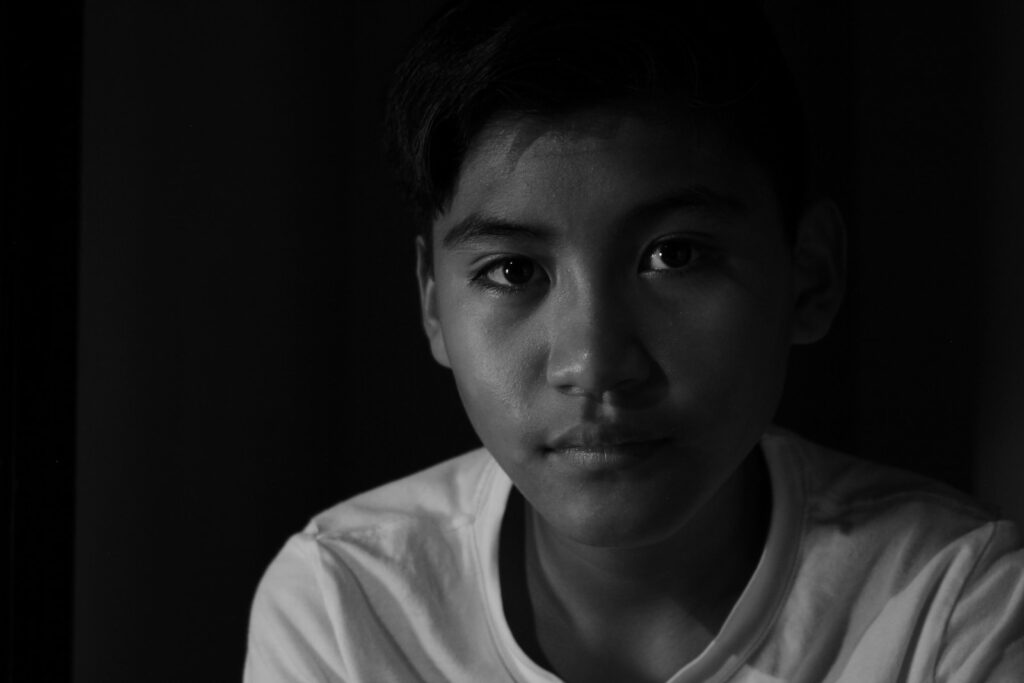
Lighting Techniques for Intimacy
In documentary filmmaking, the lighting techniques employed can greatly influence the level of intimacy portrayed on screen. The key is to create an environment that allows the subject to feel comfortable and vulnerable, while also eliciting a sense of trust from the audience. Here are some effective lighting techniques that can enhance the intimacy of your documentaries:
1. Rembrandt Lighting
Derived from the portraits of Dutch painter Rembrandt, this technique involves positioning the main light at a 45-degree angle to the subject. It creates a triangular highlight on one side of the face while gently fading into shadow on the other. This technique adds depth and dimension, enhancing the emotional connection between the subject and the viewer.
2. Butterfly Lighting
Butterfly lighting, also known as paramount lighting, is achieved by positioning the main light source directly above the camera and angled downward. This technique creates a small butterfly-shaped shadow under the subject’s nose, casting a flattering and soft glow on their face. It is often used in interviews or close-up shots to evoke a sense of vulnerability and intimacy.
3. Natural Lighting
While artificial lighting can be useful, sometimes the most intimate and emotionally engaging moments are captured using natural light. Harnessing the power of natural light can create a sense of authenticity and immediacy in your documentaries. Pay attention to the direction, intensity, and quality of natural light to evoke the desired emotions and enhance the intimacy of your shots.
Interesting fact: Soft light is not only used in documentaries but also in portrait photography to create a gentle, flattering, and intimate look.
Emotional Engagement through Soft Light
Soft light has the ability to evoke strong emotions and create a deeper connection between the subject and the audience. By using soft light strategically, you can enhance the viewer’s empathy and emotional engagement with the documentary’s subject matter. The gentle illumination soft light provides can create a more intimate and delicate atmosphere, allowing the audience to feel a greater sense of empathy and understanding towards the subjects.
Soft Light and Storytelling
In documentary filmmaking, storytelling is paramount. Soft light can contribute to the narrative by creating a specific atmosphere or mood. Whether it’s a warm, cozy glow for nostalgic stories or cool, diffused light for more somber subjects, the lighting choices you make can greatly impact the emotional resonance of the documentary. Soft light can guide the viewer’s attention, emphasize key details, and enhance the storytelling experience.

The Art of Balance
While soft light can be incredibly effective in creating intimacy, it’s important to strike a balance. Too much soft light can result in a flat and uninteresting image, lacking depth and dimension. A skilled filmmaker knows how to play with light and shadow to create contrast, adding layers of complexity to the storytelling. Understanding the nuances of light, experimenting with different techniques, and finding the perfect balance is crucial in creating visually stunning and emotionally engaging documentaries.
Unlocking the Power of Soft Light
Documentary filmmaking is a multifaceted art form, and the use of soft light is just one tool in a filmmaker’s arsenal. However, when used with intention and understanding, soft light can elevate your documentaries to new heights, creating intimate and emotionally engaging experiences for your audience. Embrace the power of soft light and explore the depths of storytelling with this versatile and powerful lighting technique.
The Use of Soft Light in Creating Intimate Documentaries
Documentary filmmaking is a powerful medium that allows storytellers to delve into the depths of real-life experiences, capturing the essence of emotions and events. One crucial aspect of a successful documentary is the use of lighting techniques to create an intimate and emotionally engaging atmosphere. In this blog, we will explore how soft light can be used effectively in documentary filmmaking to produce captivating and impactful narratives.
Why Soft Light Matters
Soft light is a fundamental tool in creating a visually compelling documentary. Unlike harsh lighting, which can be unflattering and distracting, soft light gently wraps around the subject, giving a natural and pleasing aesthetic. It minimizes shadows and evokes a sense of intimacy, making the audience feel more connected to the story being told.
Getting the lighting just right can be challenging, but it is worth the effort. A relevant case study that demonstrates the power of soft light is the acclaimed documentary “The White Helmets” directed by Orlando von Einsiedel. This Oscar-winning film follows the volunteer rescue workers who risk their lives to save others during the Syrian Civil War. The use of soft light throughout the film enhances the emotional impact, drawing viewers into the life-or-death situations faced by these heroes.
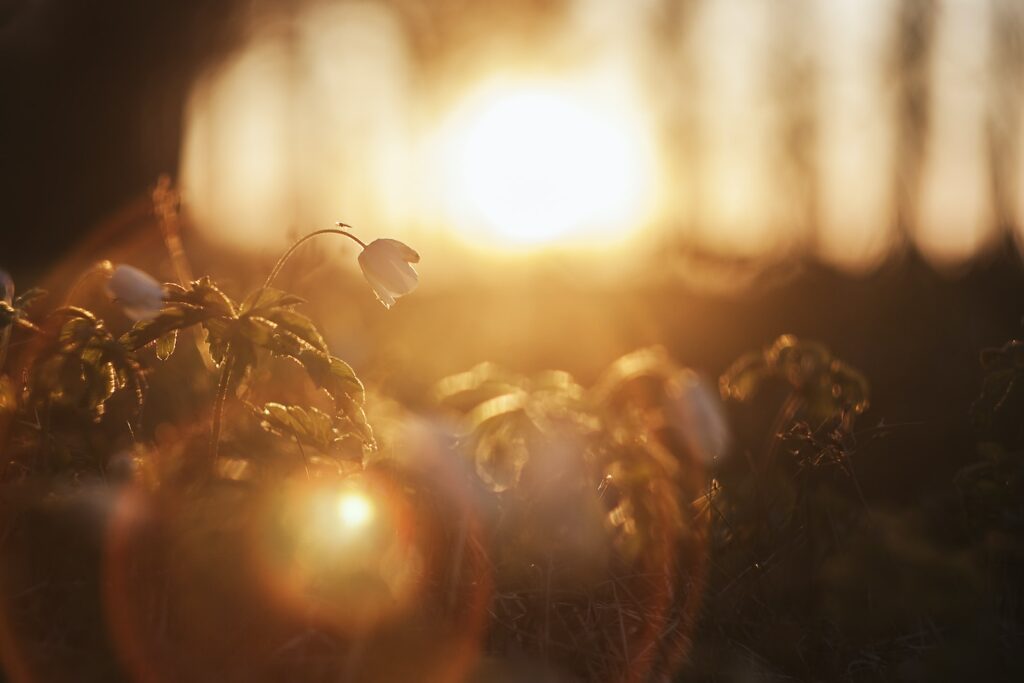
Benefits of Soft Light
To gain insights from a seasoned professional, we spoke with renowned documentary photographer Jane Thompson. She shared her experience and highlighted the benefits of using soft light in her projects.
“Soft light allows me to capture the raw emotions of my subjects in an authentic and non-intrusive way,” says Thompson. “It creates a sense of intimacy, making the viewers feel like they are a part of the story.”
Thompson explains that when using soft light, distractions are minimized, allowing the focus to be solely on the subject’s emotions and experiences. This results in a more immersive and emotionally engaging documentary.
Tips and Techniques for Creating Emotional Engagement
Now that we understand the importance and benefits of soft light, let’s delve into some tips and techniques for effectively using it to create emotional engagement in your documentaries.
- Light Diffusion: Use diffusers, such as softboxes or translucent umbrellas, to soften and spread the light source.
- Light Placement: Position the light source slightly above or to the side of the subject to create gentle shadows that add depth and dimension.
- Backlighting: Experiment with backlighting to create a halo effect around the subject, enhancing their presence in the frame.
- Color Temperature: Choose the right color temperature for the desired mood and emotion. Warm tones can evoke intimacy, while cooler tones can create a sense of distance.
- Minimize Distractions: Eliminate unnecessary elements from the frame to keep the focus on the subject and their story.
By employing these techniques and experimenting with different lighting setups, you can harness the power of soft light to craft compelling and emotionally resonant documentaries.
Challenges Overcome in Utilizing Soft Light
While soft light is undeniably beneficial in documentary filmmaking, it is essential to acknowledge the challenges that come with utilizing it effectively. One primary obstacle is balancing the technical aspects with the demands of capturing raw emotions.
Documentary cinematographer Mark Foster shares his experience in dealing with these challenges:
“Finding the right balance between technical precision and capturing authentic emotions can be a delicate dance,” says Foster. “It requires careful planning, a deep understanding of lighting techniques, and the ability to adapt on the spot.”
Foster emphasizes the importance of creating a comfortable and trusting environment for the subjects, allowing them to be vulnerable and open in front of the camera. This, combined with expert knowledge of lighting techniques, ensures that soft light is used to its fullest potential.
In conclusion, soft light is a valuable tool in documentary filmmaking. Its ability to create an intimate and emotionally engaging atmosphere enables filmmakers to tell powerful stories that resonate with the viewers. By understanding the benefits, learning from seasoned professionals, and overcoming the challenges, you can leverage soft light to truly captivate your audience and produce impactful documentaries.
Frequently Asked Questions
1. What is soft light and why is it important in documentary filmmaking?
Soft light refers to a type of lighting that produces a diffused, gentle illumination. It helps to minimize harsh shadows and creates a more flattering and natural look. In documentary filmmaking, soft light is crucial for capturing intimate and emotional moments in a way that engages viewers on a deeper level.
2. How can soft light be achieved in documentary filmmaking?
There are several techniques to achieve soft light in documentary filmmaking. One common method is to use natural light by shooting during the golden hour, which is the hour after sunrise or before sunset when the sun’s rays are soft and warm. Additionally, using light diffusers or reflectors to soften and redirect light can also create a soft lighting effect.
3. Can soft light enhance emotional engagement in documentaries?
Absolutely! Soft light has the power to evoke emotions and create a sense of intimacy with the subjects in documentaries. By using soft light, filmmakers can enhance the overall mood and atmosphere of a scene, making it easier for viewers to connect and empathize with the people or subjects being portrayed.
4. Are there any other lighting techniques that can be combined with soft light?
Yes, filmmakers often combine soft light with other lighting techniques to achieve a desired effect. For instance, using backlights and rim lights can help separate the subject from the background and add depth to the image. Balancing soft light with contrasting lights can create visually compelling compositions and further enhance emotional engagement.
5. How can I learn more about lighting techniques in documentary filmmaking?
There are various resources available to learn more about lighting techniques in documentary filmmaking. One option is to enroll in online courses or workshops that specifically focus on cinematography and lighting. Additionally, studying the works of renowned documentary filmmakers and analyzing their lighting choices can provide valuable insights.
Wrap Up
In conclusion, the use of soft light in creating intimate documentaries can greatly enhance the emotional engagement of the audience. By delicately illuminating the subjects, soft light allows for a more intimate and authentic portrayal of emotions and experiences. Lighting techniques such as diffusing, bouncing, and using natural light sources can all contribute to the creation of a soft, warm atmosphere that draws viewers in.
Documentary filmmakers have the power to connect with their audience on a deeper level by utilizing the subtle beauty of soft light. So, whether you are an aspiring filmmaker or simply a documentary enthusiast, consider incorporating these lighting techniques into your next project to create a truly captivating and emotionally engaging film.
Have you experienced the impact of soft light in documentaries? Share your thoughts and experiences in the comments below!
